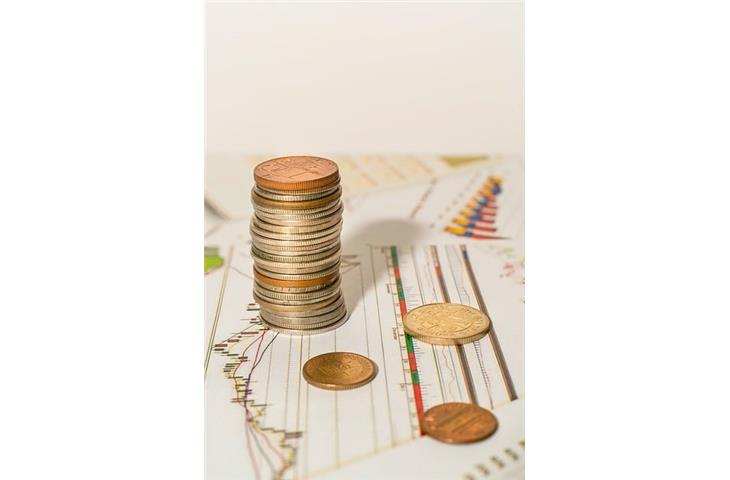In light of today's discourse, stakeholders from diverse sectors are keen to gain insight into the prevailing US dollar to Philippine peso exchange rate determined at Metrobank, acknowledged as a premier financial institution in the Philippines. This rate profoundly influences numerous financial dealings, encompassing imports, exports, monetary transfers, and investments. In this piece, we shall delve into the essence of this exchange rate, dissect the forces steering its fluctuations, and deliberate its far-reaching implications on the Philippine economy.
I. Factors Shaping the US Dollar to Philippine Peso Exchange Rate at Metrobank

Numerous elements contribute to the fluidity of the USDPHP exchange rate at Metrobank. Comprehending these factors is vital for those engaged in currency exchange transactions. Herein, we highlight some of the primary factors:
Economic Indicators: The performance of both the US and Philippine economies, encompassing measures like GDP expansion, inflationary trends, and job statistics, can substantially sway the exchange rate.
Political Stability: Political developments and stability within both nations can influence the exchange rate. For example, an electoral event or policy alteration in the Philippines could precipitate a devaluation of the peso.
Interest Rates: The disparity in interest rates between the US and the Philippines can influence the exchange rate. A steeper interest rate in the US can magnetize more investors, escalating demand for US dollars and potentially fortifying the currency.
Market Sentiment: Confidence levels among investors and sentiments pertaining to the economies of both countries can impact the exchange rate. Positive news or economic forecasts can bolster the value of the peso, whereas negative news can instigate a depreciation.
II. Consequences of the US Dollar to Philippine Peso Exchange Rate at Metrobank

The present exchange rate at Metrobank can yield several consequences for individuals and enterprises:

Importers and Exporters: A propitious exchange rate can favor exporters by rendering their products more competitive in the international arena. Conversely, importers may encounter elevated costs due to a weakened peso.
Remittances: The exchange rate impacts the quantum of funds Filipino laborers dispatch back home. A weaker peso can result in a reduction in the amount received by their kin.
Investments: The exchange rate can sway foreign investment decisions. A robust peso can render investments in the Philippines more appealing, whilst a weaker peso can dissuade investors.
Inflation: A substantial fluctuation in the exchange rate can incite inflation, as imported commodities become costlier.
III. Tactics for Controlling Exchange Rate Risks
To alleviate the risks linked with exchange rate fluctuations, individuals and enterprises can implement various strategies:
Hedging: This entails entering into financial agreements to shield against unfavourable exchange rate movements. For instance, a company might employ a forward contract to secure a specific exchange rate for forthcoming transactions.
Diversification: Investing across multiple currencies can assist in mitigating the risks associated with exchange rate fluctuations.
Currency Conversion: Enterprises and individuals can transact currencies at favourable rates to safeguard against potential losses.
IV. Obtaining Today's US Dollar to Philippine Peso Exchange Rate at Metrobank
To acquire today's US dollar to Philippine peso exchange rate at Metrobank, individuals and enterprises can:
Visit a Metrobank Branch: Clients can enquire about the current exchange rate at any Metrobank branch.
Utilize Online Banking: Metrobank clients can verify the exchange rate via their online banking platform.
Contact Customer Service: Customers can contact Metrobank's customer service helpline to ascertain the current exchange rate.
In summation, the US dollar to Philippine peso exchange rate at Metrobank serves as a critical determinant that can impact various facets of the Philippine economy. By comprehending the factors influencing this rate, individuals and enterprises can make judicious decisions and manage their exposure to exchange rate risk.
